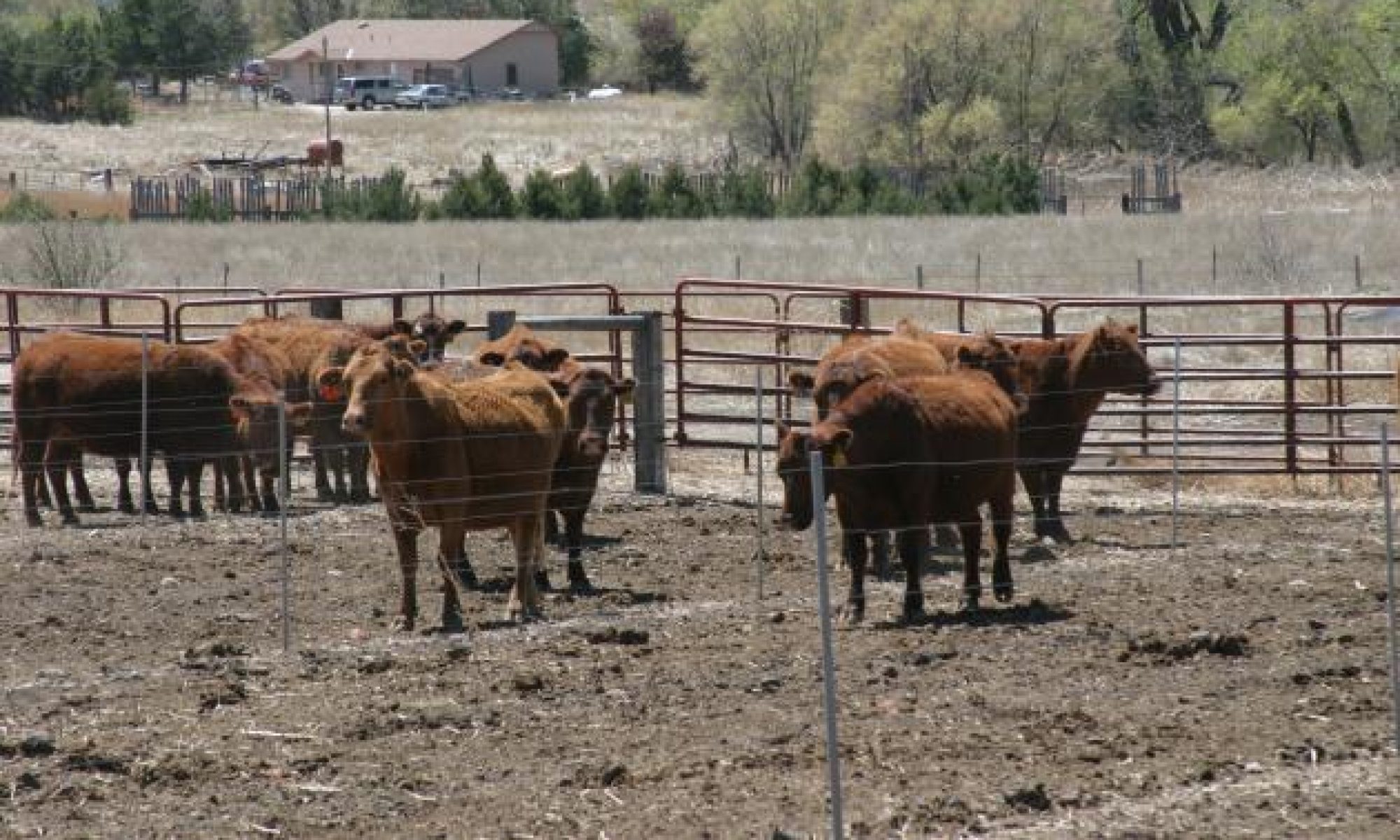With the national animal identification program beginning to materialize, it is a good time to think about management consideration and records to collect. Besides identifying the calf, it will be important to be able to document the age of the calf. On a calendar, record the dates that the breeding season began and ended. Also, record the dates that the calving season began and ended. File this information so that it can be found if needed and can follow this calf crop if necessary. So the minimal information that needs to be collected on the upcoming calf crop is:
1) ear tag number
2) date of birth
3) sex of calf
4) color marking of the calf that could be used for identification.
As a form of permanent identification, tattooing newborn calves may be the best, or a semipermanent ID might be to double tag newborn calves or a combination of a tag plus a clip-tag. Being able to track animals is going to be important from an animal health perspective. Animals will need to be permanently identified, and this is a start as the details of the national animal identification system are developed.
As far as a numbering system, this can be confusing, and designing one that fits your needs takes some thought. Following are some ideas:
Three-digit system – 921
• 9 = birth year
• 21 = animal’s individual number (order of birth)
– Can handle 99 calves per year (calf crop)
Four-digit system – 9021
• 9 = birth year (1999)
• 021 = animal’s individual number (order of birth)
– Can handle 999 calves per year (calf crop)
There is an international letter number system that you might want to incorporate into your system. In the international system, the letter R is used for 2005, S for 2006, and so on. The international system does not use I, O, Q, or V.
Four-digit system using letter and number for birth year – R521
• R = international letter for 2005 and 5 = birth year
• 21 = animal’s individual number (order of birth)
– Can handle 99 calves per year (calf crop)
– R521 for female calves and 521R for male calves
– Can handle 198 calves per year (calf crop)
Five-digit system
– R5021 or R521 female calves; 521R male calves
• R = international letter for 2005 and 5 = birth year
• 021 = animal’s individual number (order of birth)
– Can handle 999 (or 1998) calves per year (calf crop)
